Whale Carbon Diplomacy: Whales won’t save the climate, but they could rescue ASEAN’s soft power

Illustration by Irhan Prabasukma
Humpbacks are appearing again along parts of Vietnam’s coast—a small but stirring reminder that our seas can recover. For Southeast Asia, though, whales can be more than a hopeful sight. These aquatic mammals can anchor a new kind of persuasive climate diplomacy: whale carbon diplomacy. Treated carefully, the strategy can complement our hard-edged climate action tools like tariffs and carbon markets without overclaiming whales’ biophysical impact.
Not Silver Bullets
Whales store carbon in their bodies. When they die at sea, their carcasses can sink in a natural phenomenon called a whale fall, locking carbon away for long periods. There is also the whale pump, in which whales come to surface waters to excrete their feces, boosting phytoplankton that draw down CO₂. This is not mythology; it’s well-documented oceanography. NOAA summarizes these mechanisms clearly and cautiously, noting both biomass storage and nutrient cycling roles, while avoiding exaggerated figures.
The science community, however, warns against turning whales into miracle climate machines. A 2023 review in Frontiers in Marine Science concludes that while whales provide ecosystem benefits, their direct contribution to the global carbon budget is too small to change the climate trajectory. Thus, their protection should be pursued for resilience and co-benefits, not because whales alone will “fix” carbon emissions.
Whales, Carbon, and Biodiversity Protection
So far, climate governance has leaned on coercive norms (like the EU’s CBAM) and incentive norms (REDD+ and blue-carbon payments). Whale carbon belongs to a third family: persuasive norms grounded in ethics and biodiversity protection.
Instead of touting them as miracle fixes, a prudent framing is to fold whales into broader blue-carbon strategies—with mangroves, seagrasses, saltmarshes. This is where Southeast Asia can lead.
ASEAN, Japan, and UNDP launched the Blue Carbon and Finance Profiling Project in 2025 to map and value coastal carbon and mobilize finance. As the world’s mangrove giant, with over 20% of global mangroves, Indonesia is pivotal due to its credibility in blue-carbon diplomacy and finance. Financing mechanisms are already in place: the government pioneered sovereign green sukuk (2018) and has since moved into sovereign blue bonds (2023).
At the same time, credible protections for marine megafauna are crucial. Indonesia prohibits the intentional killing of marine mammals, and its Marine Protected Area (MPA) network is expanding. The Indonesian government targets an additional 200,000 ha of new conservation areas in 2025, on the way to longer-term national MPA goals.
While enforcement and management remain the test, these existing instruments and legal frameworks offer groundworks that ASEAN can build upon.
Whale Carbon Diplomacy
First and foremost, whale carbon diplomacy should be grounded in geography. The Savu Sea and surrounding waters of East Nusa Tenggara, Indonesia, are a recognized Important Marine Mammal Area (IMMA), a migration corridor used by species, including pygmy blue whales and sperm whales. This corridor is an obvious anchor for pilot measures that bundle biodiversity, climate, and finance.
ASEAN’s blue-carbon platform already convenes science, policy, and finance. A Vietnam–Indonesia bridge around whale corridors and coastal blue carbon would add diplomatic heft and public resonance. Here is what a realistic three-track program for whale carbon diplomacy can look like:
- Science & MRV (Measurement, Reporting, and Verification) that resists hype
The region can build an MRV-lite package that tracks whale presence and co-benefits without pretending to mint large “whale credits”. For instance, we can use established IMMA mapping, satellite tags, passive acoustics/eDNA, and phytoplankton proxies to document ecological uplift as whales recover—carefully separated from mangrove/seagrass carbon accounting. - Protection where it measurably matters
Two immediate risks to whales are ship strikes and bycatch/entanglement. The International Whaling Commission (IWC) maintains a Ship Strikes strategy. ASEAN states can selectively adopt it within their EEZ hot spots (e.g., Savu Sea, Ombai Strait), where small protected areas produce outsized gains. - Finance that matches function
Instead of speculative “whale credits”, governments can issue blue sukuk/bonds with use-of-proceeds earmarked to whale-safe shipping lanes, gear-switch programs to cut bycatch, and MPA enforcement in whale corridors—all verifiable under existing guidance. This approach extends Indonesia’s existing green-sukuk track record and new blue-bond capacity, while avoiding the MRV pitfalls of animal-based offsetting criticized by carbon-market watchdogs.
Science Diplomacy for ASEAN
The message in whale carbon diplomacy is subtle but powerful: Southeast Asia can lead with persuasion—protecting the charismatic megafauna not as a panacea for climate, but as a civic good that yields biodiversity, tourism, fisheries, and incremental climate co-benefits.
With whale carbon diplomacy, ASEAN can lead whale conservation efforts while embedding them in the blue-economy infrastructure. The strategy will keep us aligned with scientific caution while still unlocking resources and norms that improve ocean governance.
It’s not about whales “saving the climate.” It’s us saving the whales, while improving our oceans and, at the margins, the carbon cycle. That’s honest diplomacy—and one the world will take seriously.
Editor: Nazalea Kusuma
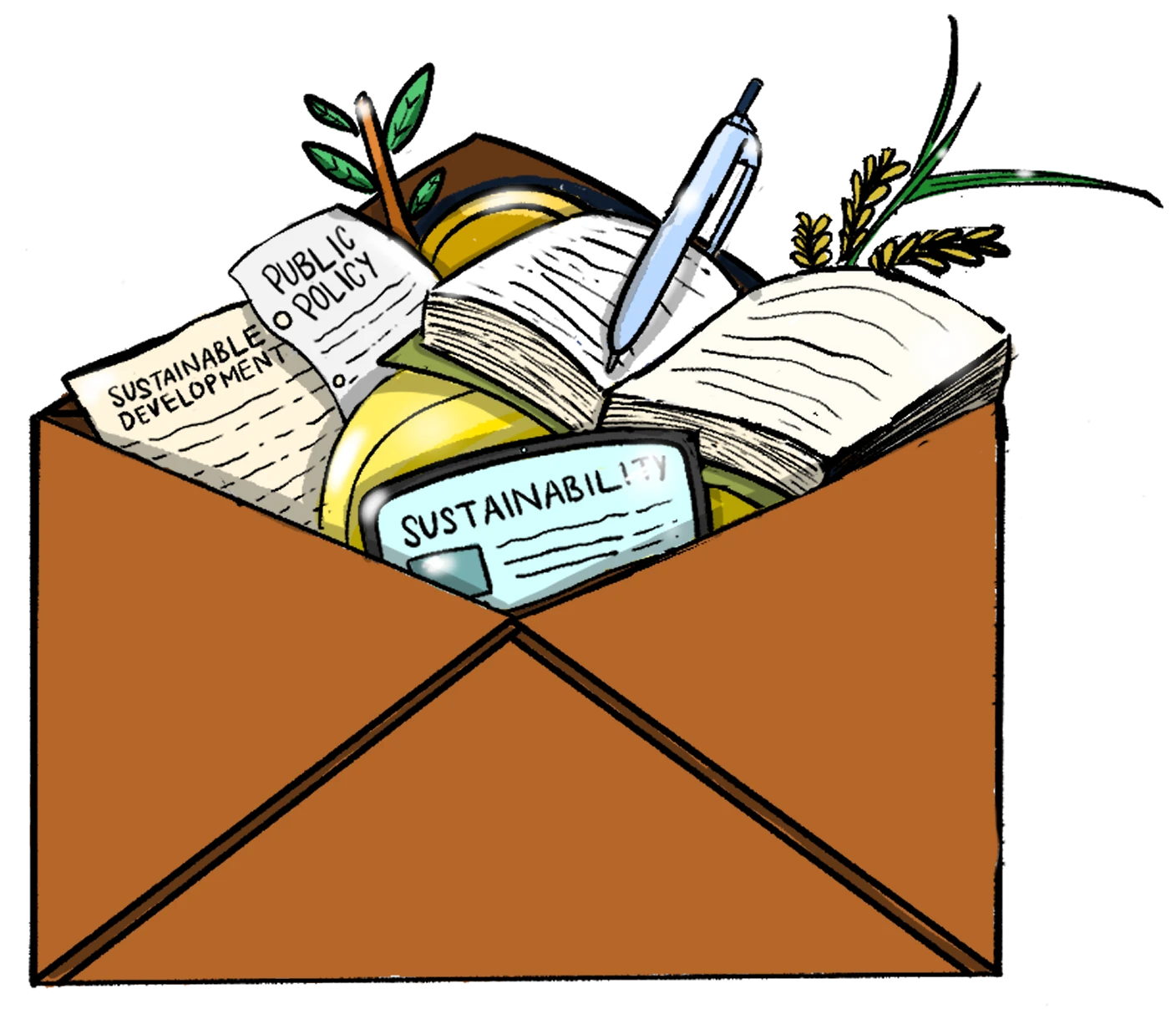
Join Green Network Asia Membership
Amidst today’s increasingly complex global challenges, equipping yourself, team, and communities with interdisciplinary and cross-sectoral insights on sustainability-related issues and sustainable development is no longer optional — it is a strategic necessity to stay ahead and stay relevant.
Giang Nguyen
Nguyen is a researcher specialising in international political economy and environmental governance. He holds a BA in International Economics from Foreign Trade University (Vietnam) and an MSc in International Relations from Ritsumeikan Asia Pacific University (Japan), where he was an Asian Development Bank–Japan Scholarship Program scholar. His work focuses on carbon politics, global trade norms, and institutional adaptation in the Asia-Pacific.


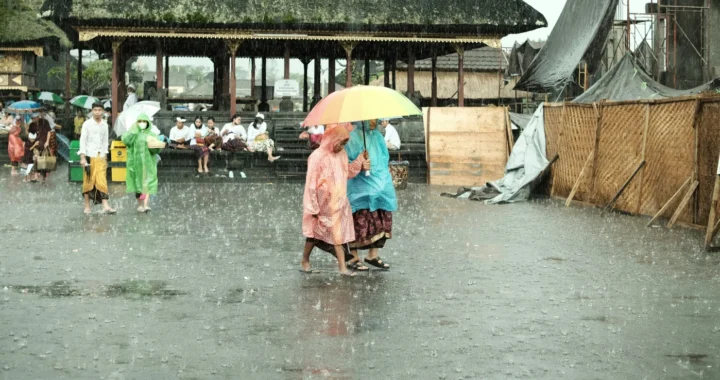 Reflecting on Our Understanding of Disaster
Reflecting on Our Understanding of Disaster 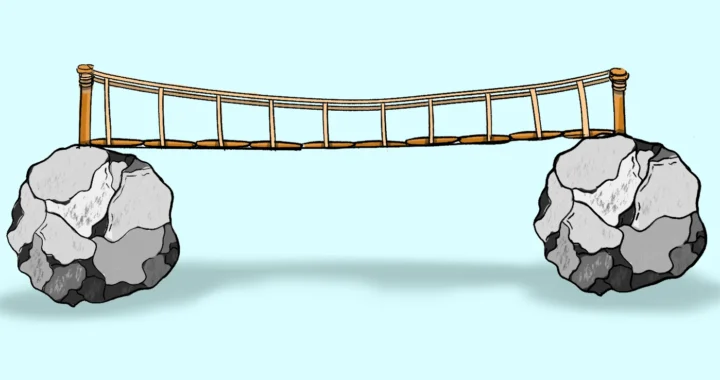 How Middle Managers Can Become the Bridge of Corporate Sustainability
How Middle Managers Can Become the Bridge of Corporate Sustainability 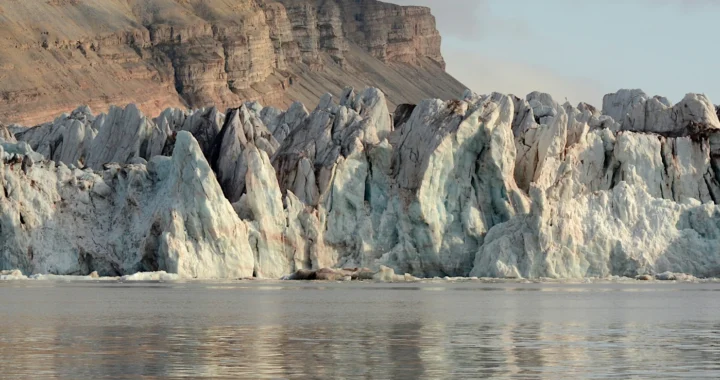 Racing with the Rapid Glacier Loss Globally
Racing with the Rapid Glacier Loss Globally  Understanding the Impacts of Rising Temperatures on Early Childhood Development
Understanding the Impacts of Rising Temperatures on Early Childhood Development 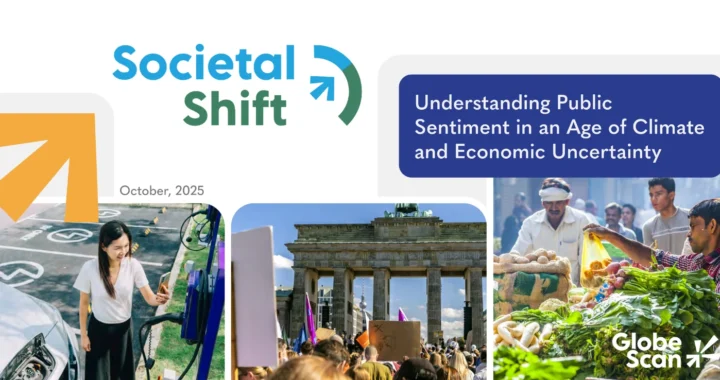 Closing the Sacrifice Gap: Mainstreaming Climate Behavior for Meaningful Change
Closing the Sacrifice Gap: Mainstreaming Climate Behavior for Meaningful Change  Addressing the Elephant in the Forest: The Necessity of Disaster Recovery Plans for Wildlife
Addressing the Elephant in the Forest: The Necessity of Disaster Recovery Plans for Wildlife